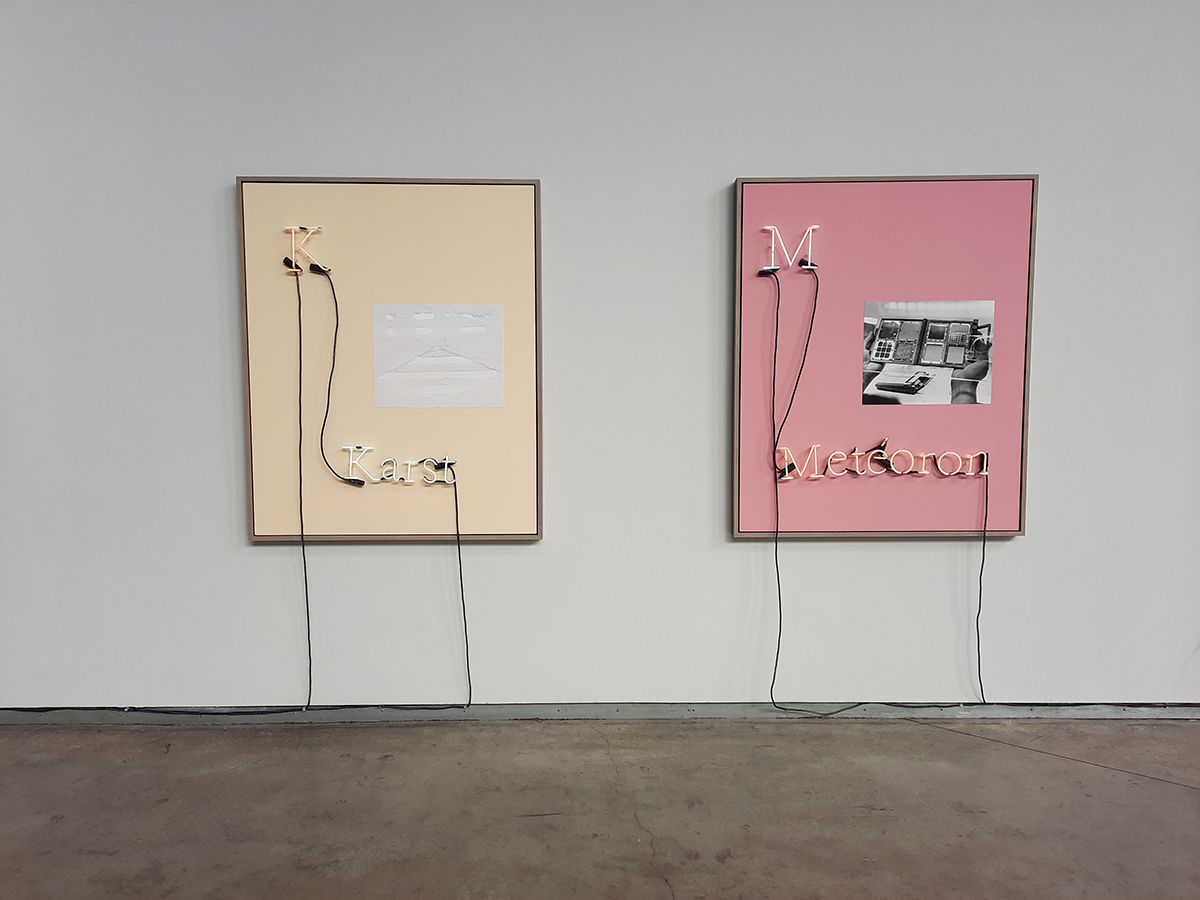This exhibition features 51 artists, each presenting work that examines the human connection to the natural world
MOMENTA Biennale de l’image is back for its 17th edition, taking over Montreal gallery spaces and outdoor sites to reflect on the relationship between nature and the senses. Going on until Oct. 24, the visual arts biennale features 15 exhibitions, including an outdoor garden, a virtual reality city tour and four performances.
Curator Stefanie Hessler proposed the main theme of the event: sensing nature. Along with curators Maude Johnson, Camille Georgeson-Usher and Himali Singh Soin, Hessler organized projects and exhibits related to their thoughts on this theme. One of MOMENTA’s projects this year is an urban outdoor garden created by artist T’uy’t’tanat-Cease Wyss, and is situated on the corner of Berri and Ontario St.. Titled TEIONHENKWEN Supporters of Life, the work brings together a large variety of ancestral plants such as raspberry, corn, tobacco, and basil. They stand as a little herbal island in the middle of downtown Montreal’s cacophony, filling the air with smells of flowers and herbs.
Wyss has a practice of creating such gardens in places where urban life has taken over and plants do not grow easily anymore. The multidisciplinary artist and ethnobotanist chooses plants that would originally grow at the place where the garden will be situated. TEIONHENKWEN was created with a desire to showcase ancestral plants, and allow communities and animals to be in contact with them.
Another MOMENTA presentation is exhibited at the Fonderie Darling. Curated around the work of six artists, the art event is titled Worldmaking Tentacles. The curators imagined a post-apocalyptic world taking place in 2071. For Jessica Sofia Lopez, the cultural mediation and audience development coordinator at MOMENTA, this exhibition is particularly rich as it is “very political — it’s very charged and really it invites us to take agency of our own ignorance.”
When entering the space, Julien Creuzet’s three art pieces are the first to be seen. The French artist presents a hanging sculpture made of diverse materials collected over time, a printed collage, and a short film. The psychedelic video touches on the problem of Kepone pesticide found in banana plantations in Martinique and Guadeloupe. Jamilah Sabur’s Mnemonic Alphabet follows, and includes three brightly-coloured canvases. The artist creates a new language, putting forward the idea that languages might fail to represent the world accurately.
Tejal Shah’s Between the Waves speaks to the exhibition’s theme in video form. The artist created a world in which creatures wearing white plastic outfits with insects on them and ballet shoes live in two settings. On one screen, the audience can observe them exploring a dumping ground set amidst a town. On the other screen, the creatures move in a deserted landscape.
In Sandra Mujinga’s work, clothes are the central subject as the artist presents three laminated leather outfits, which are meant to invoke thoughts on the invisibility of marginalized communities. Mujinga also presents video experimentations with images coming together to create abstract creatures.
Tabita Rezaire’s INNER FIRE series is displayed at different places in the room. The five hanging works of art explore ideas of the “multiple identities related to archetypes of the Black woman,” as explained in the exhibition’s program. Rezaire layers images and references to the body, nature, and spirituality in appealing creations.
Charlotte Brathwaite’s video project completes the show with a reflection on past and future realities shown through video clips and excerpts from texts. Bringing together the thoughts, hopes and beliefs of 51 artists, this year’s MOMENTA exhibit presents a rich tapestry of programming that promises to remind each visitor of the strength of nature.
Photograph courtesy of Jamilah Sabur
